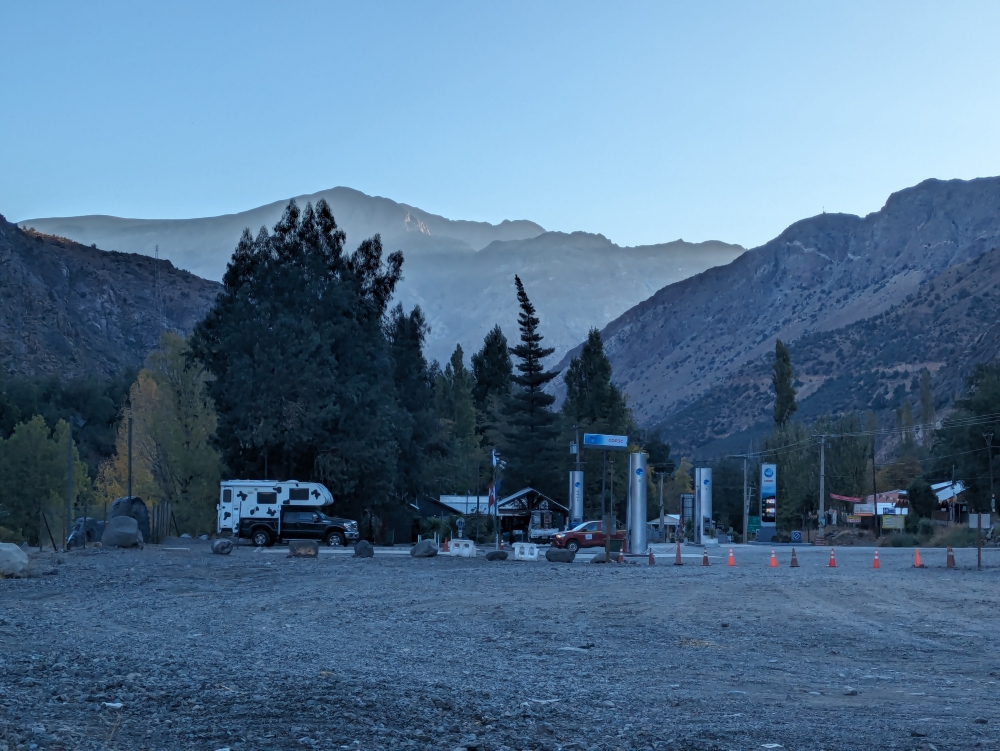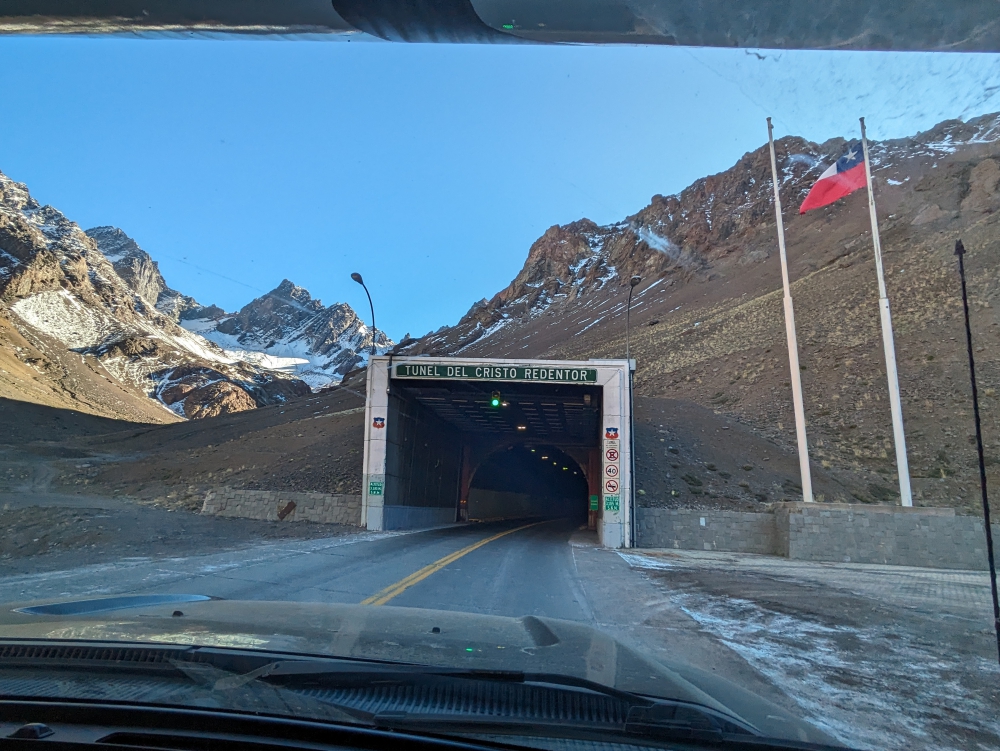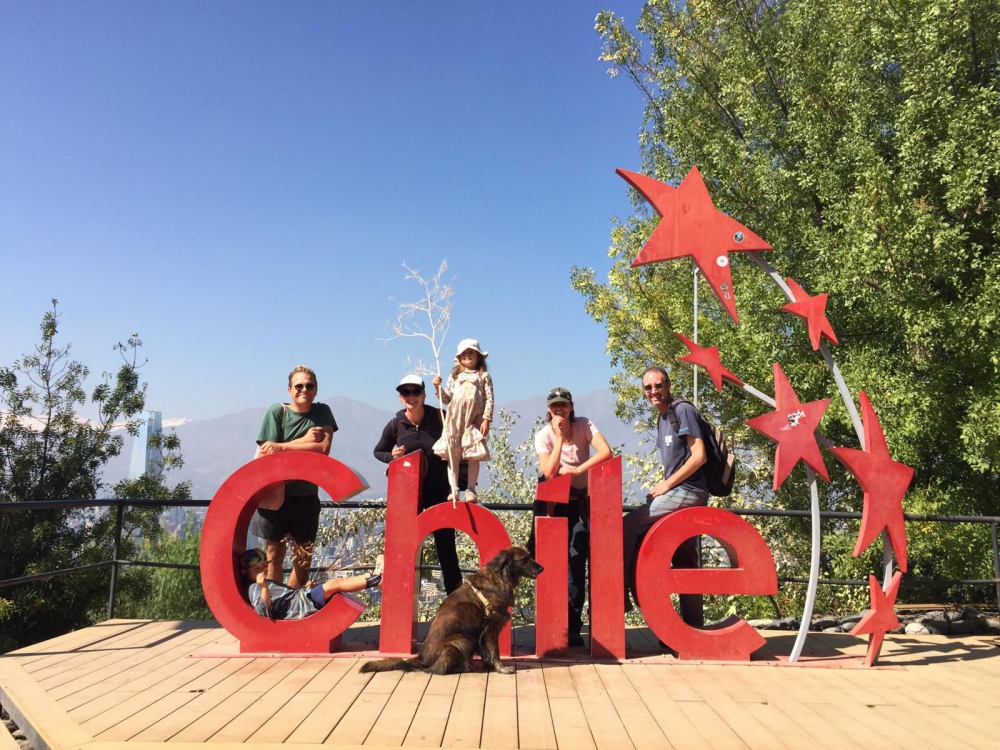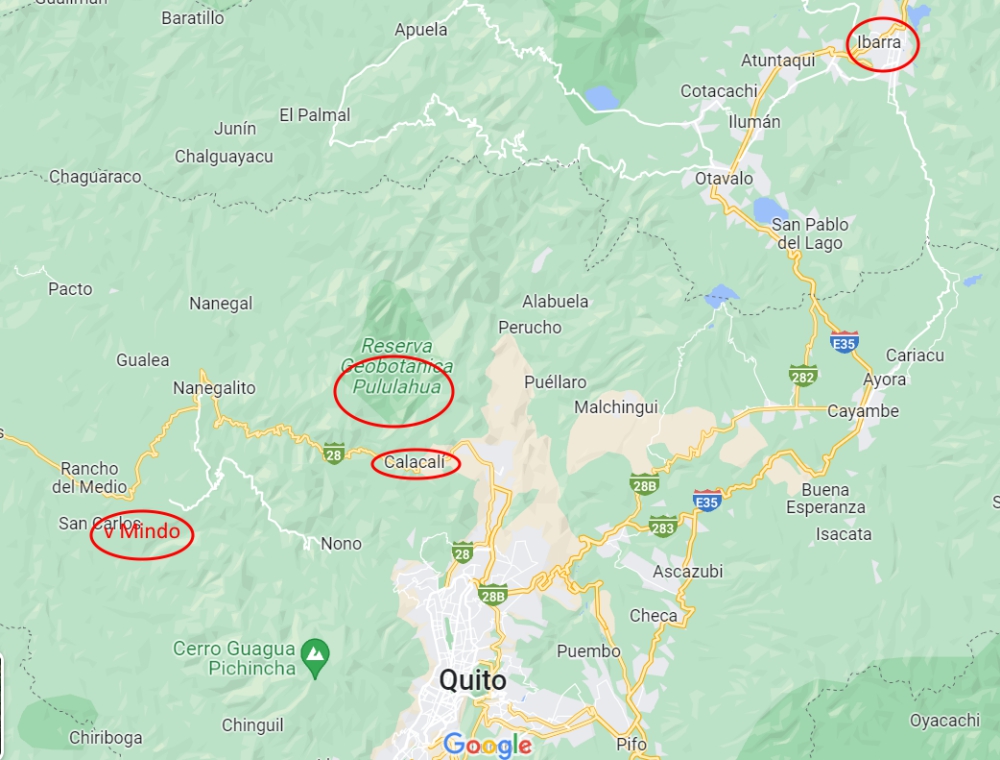Where do I begin? This was the first time in 21 years that I returned to my home country for more than two weeks. It’s very different to “live” in Belgium instead of frantically seeing all my friends and relatives in a span of fourteen days every year or two. That method always felt like it was a dream; a whirlwind of activity that seemingly didn’t happen because it flew by so fast. I skipped last year.
Mark, Maya, and I made the decision to visit Belgium for two months straddling July, August, and September, to take an extensive break from our life on the road in South America and to enjoy quality time with my family and friends.
(As always, click on or hover over photos in galleries to read their captions.)
My parents let us use their small vacation house nearby, so we had the privacy and comfort of a real home, while being in driving, biking, or walking distance of everything we needed and everyone we wanted to see, including them. I also had first dibs on their only car. Life was easy!
The first two weeks, we got settled in “the little house” as we came to call it and worked a lot, while sprinkling in visits to family members and going for daily walks with Maya in the natural areas around us.
Being able to just walk outside and follow trails around the lake (Donk) any time we wanted was a big plus of this location!
Continue reading




























































































































































